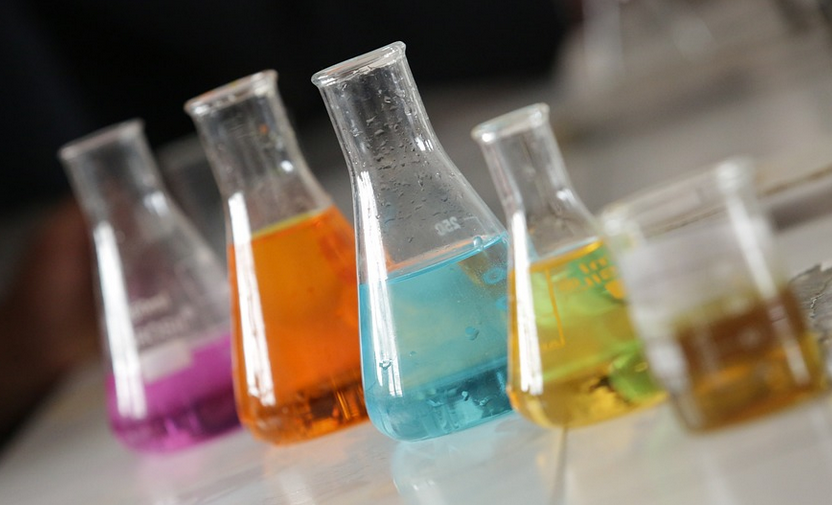Introduction
Ruby is a precious gemstone that has been admired for centuries. It is known for its rich red color and durability. But what makes ruby red? The answer lies in its chemical composition.
The Composition of Ruby
Ruby is a variety of the mineral corundum. Its chemical formula is Al2O3, which means it is made up of aluminum and oxygen. However, what gives ruby its red color is the presence of chromium. Chromium is a trace element that can substitute for some of the aluminum atoms in the crystal lattice structure of corundum.
Chromium in Ruby
Chromium is what gives ruby its red color. When a chromium atom is present in the crystal lattice structure of corundum, it causes the absorption of certain wavelengths of light. This causes the stone to appear red to our eyes. The amount of chromium present in a ruby determines how intense the color will be. Rubies with a higher concentration of chromium will have a deeper red color.
Other Impurities in Ruby
While chromium is the most important impurity in ruby, there can be other elements present as well. For example, iron can cause a brownish tint in the stone. Titanium can cause a blue tint. However, these impurities are usually present in such small amounts that they do not significantly affect the color of the stone.
The Crystal Structure of Ruby
Ruby has a hexagonal crystal lattice structure. This means that its atoms are arranged in a repeating pattern of six-sided rings. The presence of chromium atoms in this structure causes a distortion of the lattice, which is what causes the absorption of certain wavelengths of light and the resulting red color.
The Hardness of Ruby
Ruby is a very hard mineral, with a hardness of 9 on the Mohs scale. This makes it an excellent choice for jewelry, as it is resistant to scratches and other forms of damage. Its durability also makes it a popular choice for industrial applications, such as in the manufacture of bearings and other machinery parts.
The Rarity of Ruby
Ruby is a rare gemstone, which adds to its value. Most rubies are mined in Myanmar (formerly known as Burma), but they can also be found in other parts of the world, such as Sri Lanka, Thailand, and Tanzania. However, high-quality rubies are rare and can be quite expensive.
The Symbolism of Ruby
Ruby has been valued for its beauty and rarity for centuries. It has been associated with wealth, power, and passion. In ancient times, ruby was believed to have magical properties, such as the ability to protect its wearer from harm. Today, it is still a popular choice for jewelry, especially for engagement rings and other romantic gifts.
Caring for Ruby
Because ruby is a durable stone, it is relatively easy to care for. However, it is important to avoid exposing it to harsh chemicals or extreme temperatures. To clean ruby jewelry, simply use a soft cloth and mild soap and water. Avoid using ultrasonic cleaners or steam cleaners, as these can damage the stone.
Conclusion
The chemical properties of ruby are what give it its rich red color and durability. Chromium is the most important impurity in ruby, as it causes the absorption of certain wavelengths of light. Ruby’s hardness and rarity make it a valuable gemstone, and its symbolism has made it a popular choice for jewelry for centuries.

